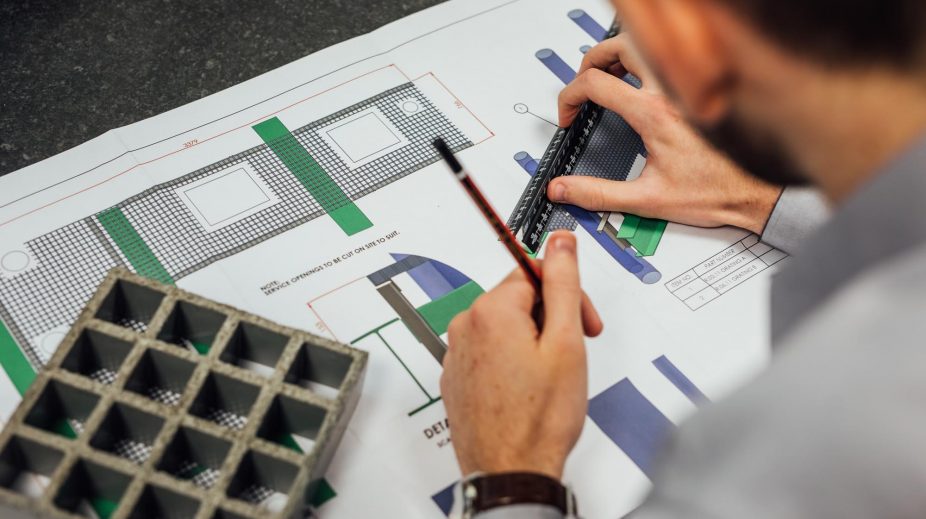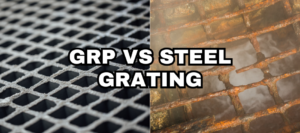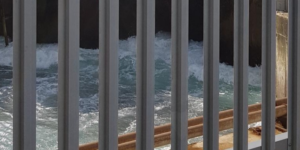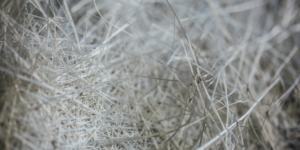Trench Covers are designed for covering apertures, bores or trenches during construction projects allowing safe access around site excavations for pedestrian and light vehicular access whilst protecting ducting below. Traditionally, trench covers were made from timber or concrete but composites are becoming widely used in a variety of industries. Trench Covers are used in the Electricity sector (Duct Covers), Industrial sector (Walkways), Commercial sector (Gully Covers) and in the Rail sector (Cable Protection Troughs).
GRP Trench Covers provide several key benefits over traditional materials which provide long-term cost savings and a safer solution for both the public and employees. The corrosion resistant properties of GRP means it will not chip or wear over time as it is resistant to corrosive chemicals meaning that there is little to no maintenance required. The impact resistance of GRP (Watch our impact testing) allows for weight to be dropped onto it without causing permanent deformation. Over time concrete trench covers will crack and break which is a major health and safety issue, GRP is a durable and strong product providing long term cost savings and decreasing the amount of downtime and maintenance required. From an installation perspective, GRP trench covers can be cut on site to meet changing rebates giving contractors more flexibility during installation projects. GRP’s lightweight characteristics means that heavy lifting equipment is not required during installation providing that manual handling guidelines are adhered to. After installation, the lightweight GRP can be easily lifted to gain access to the trenches. In icy conditions the embedded grit surface gives extra slip resistance underfoot, helping to improve health and safety of workers.
But GRP isn’t more expensive?
Whilst the product is initially more expensive, the long term cost savings outweigh concrete vastly due to it’s inherent characteristics:
- Maintenance Free – Downtime is reduced and maintenance costs are eliminated.
- Corrosion Resistant – GRP has a 50 year design life, reducing replacement costs.
- Ease of Installation – GRP can easily be fabricated onsite (by common tools), reducing costs incurred from hiring equipment.
- Lightweight – No heavy lifting equipment required and it is light enough for a two man lift which reduces sick leave and associated costs.
- Anti-Slip surface – Reduces the risk of slips, trips and falls, therefore reducing injuries and the associated costs.





